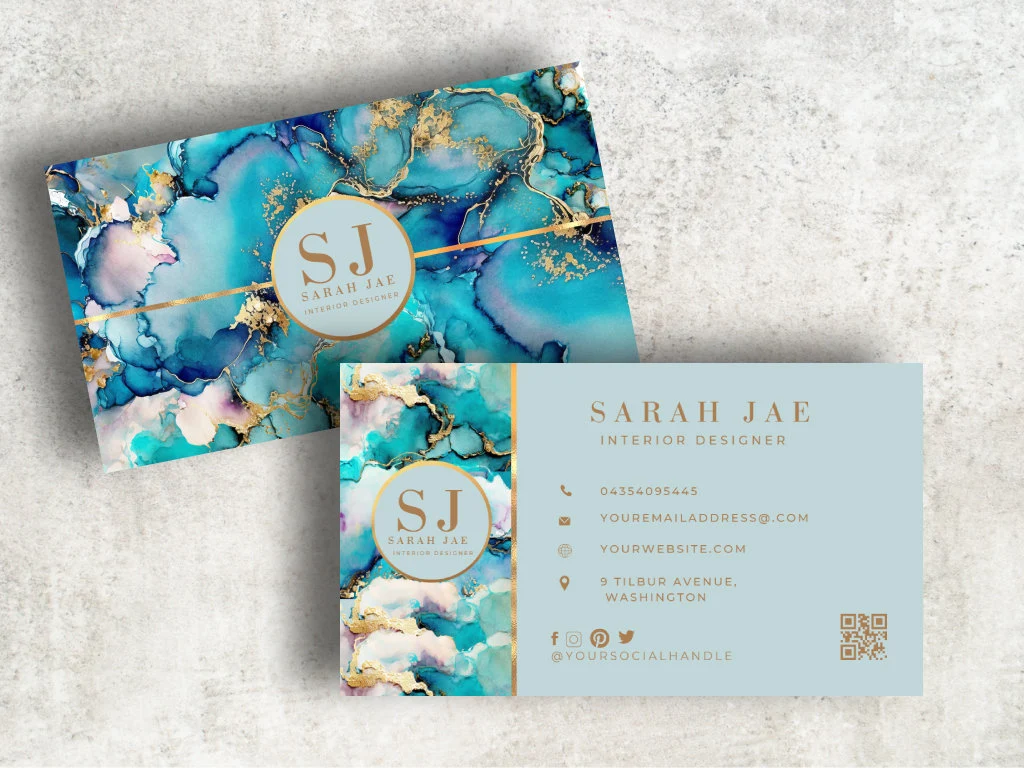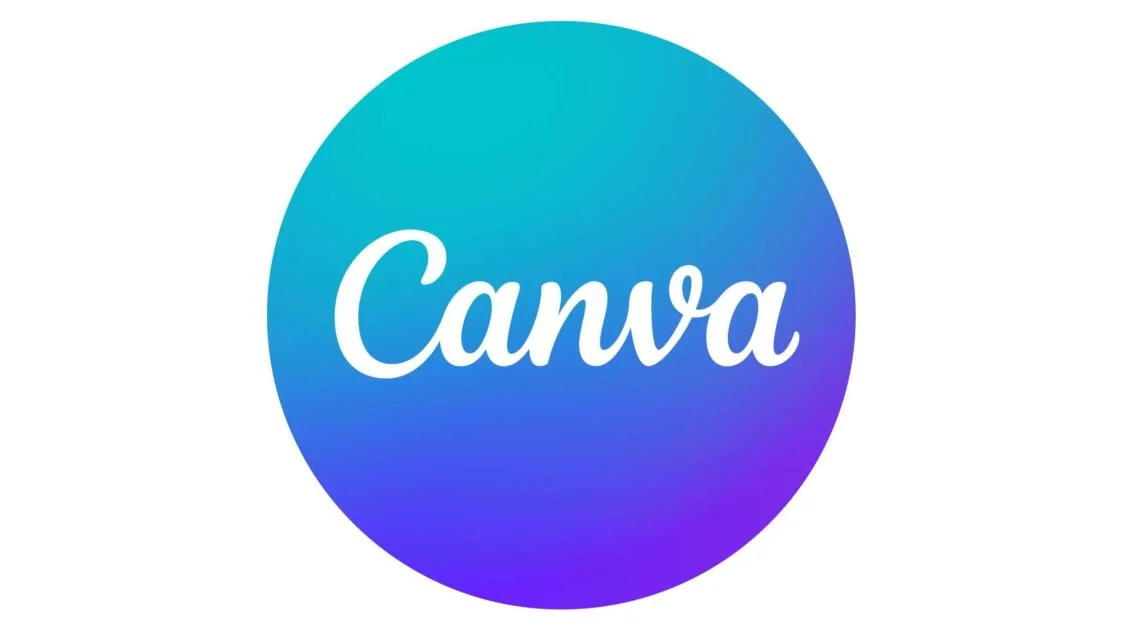
In this new digital age, use of the conventional business card might seem to be an outdated concept. However, the truth is that a well-designed business card still remains a powerful marketing tool for making a strong first impression on prospective clients. The next question which pops up is, how to design business cards which can stand out?
Here we present a guide for you to learn the tips on how to design business cards that can stand out from the crowd and help promote your business at the same time.
Determine your Card’s Ideal Size

The standard size of a conventional business card is 3.5”x 2”. This is a universal size and is used most of the time by businesses as it also fits easily in wallets. The conventional size is safe and a classic choice most of the time.
If you have a creative knack and you are a non-conformist, the other options that can be used are square format (2.5 inches by 2.5 inches), rounded corners, vertical orientation and custom sizes as per your requirements. This helps your business card to stand out from the others.
Use your Brand’s Color Scheme

A large number of people prefer using all-white business cards. Try to use your brand’s color scheme for a consistent look instead of randomly going for eye catching colors.
As an example when you use your logo on your business card, make sure that the rest of the design uses those colors and shades.
Using complementary colors also could fit into the overall design while creating an overall balance in your color palette.
Business Name and Logo
 Your business name should be mentioned clearly and prominently on your card. In fact ideally speaking it should be the largest piece of text on your card.
Your business name should be mentioned clearly and prominently on your card. In fact ideally speaking it should be the largest piece of text on your card.
Logo as we all know is the cornerstone of any business card. In fact it for sure deserves a prominent place on your business card and has a potential to catch the eye of potential clients.
Including a well-designed logo also is a vital part of the business card which provides your brand a unique identity of its own.
You should have a high-resolution version logo printed on the card. A logo helps people remember your business easily.
Readability

Use professional fonts in a reasonable size which can be read easily without need of any magnification. Avoid over decorative fonts.
The correct font size can make a huge difference to the overall layout of the business card, while elevating the design.
Also, do not clutter your business card with too much text. Making use of white space and leaving a little room gives you space to write additional information if required, such as a new phone number.
Include Detailed Contact Details

In addition to your name and phone number, you should also include your email address, website url, and social media handles.
Make sure you include all the relevant info so that prospective clients can contact you in any of the ways they feel comfortable.
If your business has a physical location, providing your mailing address would be an essential part of your contact info.
Good Visual Flow

When you are done adding all the relevant info on your business card, make sure that you have each piece of information you provided is not only clearly visible but also flows nicely with each other.
An ideal visual flow should start with the logo, name, followed by the address (if applicable0, phone number and the name of website.
Other than that, you can always adjust the location of any element or even add white space.
Include a Call to Action

Including a prompt call to action on the business card can ensure that your prospect would be taking the next step of reaching out to you.
Some of the most common ones used are ‘Call us today’, ‘Call for a free estimate, ‘Visit our website for more details’ and so forth.
Including a QR code also is a great way to represent your call to action.
This can be added to encourage customers to grab a valuable tip, subscribe to your mailing list or even a time sensitive special offer!
Use Design Tools

For creating your business card, you don’t need to be a designer. You can make use of some simple tools for doing that. At times doing some tutorials also enables you how to design business cards. Some of the tools you can use are AdobeExpress, Canva, Visme, VistaCreate.
If you are someone who would like to have a wow factor, hiring a freelance graphic designer would be a great way to make use of an expert design to convey your brand’s message.
This will be certainly more affordable than opting for specialized design firms.
Maximize your Space

You should make use of the back side of your business card as well. The back side is a great space to include other relevant information such as social media, business tag lines and so forth which you were not able to accommodate on the front.
You could also use that space for loyalty stamps, appointment reminders or simply showcasing something special about your brand.
Another great idea is to turn the business card into a magnet. Customers find it easy to stick fridge magnets especially for businesses which offer recurring services such as landscaping, beauty services, restaurants and more.
Make Sure you Proofread
Proofreading is paramount when it comes to finalizing a business card. You would want to avoid an embarrassment by doing that ahead of time before ordering the final prints.
Double check your business card or take help from a colleague and ask them to check as well to make sure your business card is free from any typos or alignment errors.
Select Quality Material for Printing

Paper quality is vital to get a premium look for your business card. So never go for cheap or low quality card stock. Besides matt and glossy finish, there are different ink options also available such as raised ink, metallic or textured designs for unique finishing.
Finding a local shop or online services for printing your business cards is also a reasonable option to go for. You can print the business cards yourself or else use a design service.
However in case you decide to go for printing them yourself you require a quality printer and ink so that the end product looks professional.
If you use a design company they should be able to provide you with multiple cardstock choices and inks to choose from.
Conclusion

After getting done with all the above outlined steps, you are all set for bringing your business card to life!
It should have a impressive identity of it’s own when you place it in the hands of your prospective clients. It should reflect the identity of your brand. You are ready to step up your networking skills now.
This is the ultimate guide to show you everything you need to know how to design business cards.
Remember that providing contact info via mobile phone cannot replace representing your business through your business card as they provide much more info to your prospects as their first interaction with your brand.
In fact they represent your brand’s personality and give it a special identity so that your prospects can remember you as a true professional.
Watch this informative video which teaches you how to start business with no money!


 Twitter
Twitter GooglePlus
GooglePlus Facebook
Facebook Youtube
Youtube